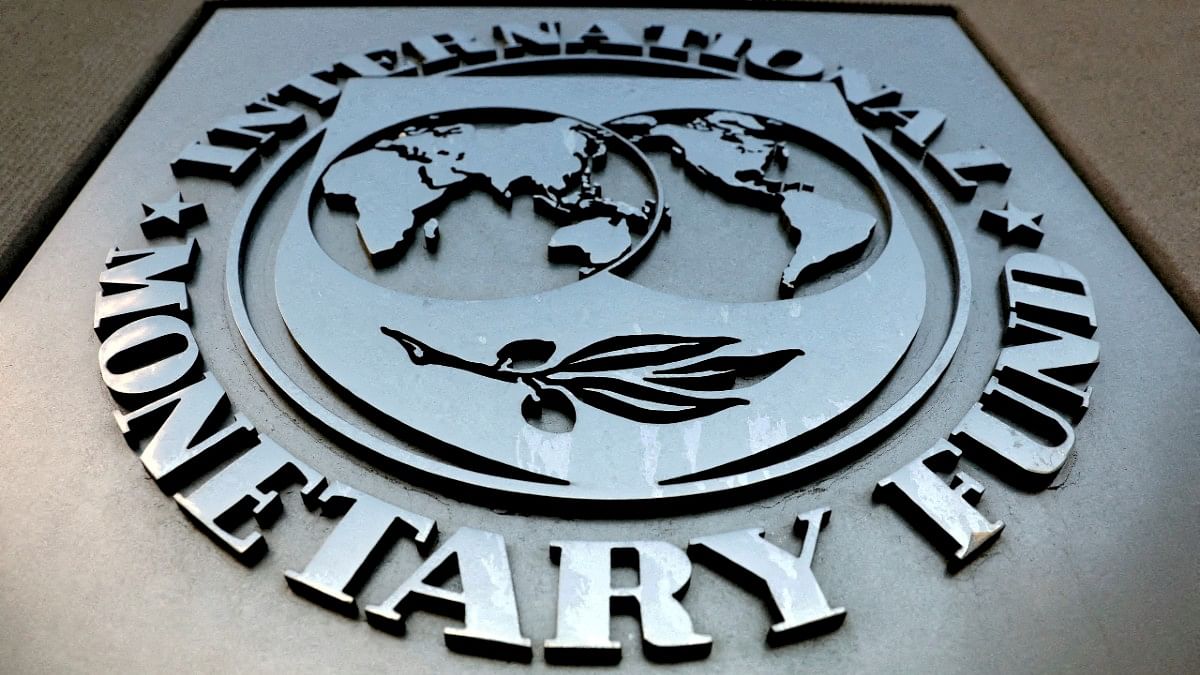New Delhi: Artificial intelligence (AI), which is expected to boost productivity across sectors, could also replace jobs and deepen inequality, according to a new report by the International Monetary Fund (IMF) which suggests that almost 40 percent of all jobs around the world are exposed to AI, with advanced economies at greater risk.
According to the report, the impact of AI is likely to differ significantly across countries at different levels of development or depending on economic structures. Emerging markets — India, Brazil, Colombia and South Africa — and low-income economies may face fewer disruptions compared to advanced economies such as the UK and the US, it added.
In contrast to the nearly 60 percent of jobs that may be impacted by AI in advanced economies, the IMF pegged this figure at 40 percent for emerging markets and 26 percent for low-income countries.
“Roughly half the exposed jobs may benefit from AI integration, enhancing productivity. For the other half, AI applications may execute key tasks currently performed by humans, which could lower labour demand, leading to lower wages and reduced hiring. In the most extreme cases, some of these jobs may disappear,” Kristalina Georgieva, managing director of the IMF, wrote in a blog published Sunday.
To study the effect of advances in AI on jobs, the report categorised occupations as tasks that can be replaced or complemented by AI. Jobs with high exposure are ones where AI can replace human resources, while those with high complementarity are the ones where AI can complement workers.
In the average advanced economy, 27 percent of jobs are in the high-exposure, high-complementarity category, while 33 percent are in the high-exposure, low-complementarity group. These numbers are 16 percent and 24 percent, respectively, for emerging market economies and 8 percent and 18 percent, respectively, for low-income countries.
“Almost 70 percent and 60 percent of UK and US employment, respectively, is in high-exposure occupations, approximately equally distributed between those that are high- and low-complementarity positions. High exposure employment in emerging market economies ranges from 41 percent in Brazil to 26 percent in India,” it added.
The report underlined that the composition of the labour force in terms of broad occupational groups reflecting countries’ economic structure explains most differences in exposure and complementarity across countries.
In the UK, for instance, a significant portion of jobs are professional or managerial, which fall in the high-exposure, high-complementarity group, unlike clerical or technical jobs, which generally fall in the high-exposure and low-complementarity category.
“In India, most workers are craftspeople, skilled agricultural workers, and low-skilled, or “elementary” workers; most of these are in the low-exposure category and Brazil represents a broadly intermediate case,” it added.
“These findings suggest that advanced economies may be more susceptible to labour market shifts from AI adoption, materialising over a shorter time horizon than in emerging market economies and low-income countries,” said the IMF report.
According to it, while advanced economies face a greater risk of labour displacement and “harmful income developments” — income reduction — for workers in high-exposure and low-complementarity jobs, advanced economies are better positioned to take early advantage of emerging AI growth opportunities on account of the larger share of such jobs in their employment sector.
“The net employment impact will depend on countries’ ability to innovate, adopt, and adapt to AI. Both advanced and emerging markets and developing economies are subject to considerable uncertainty surrounding these predictions,” the report said, adding that AI may also represent an opportunity for emerging markets and developing economies to address skill shortages, especially in the health and education sectors, potentially increasing inclusion and productivity.
AI adoption in low-income countries, it said, could “mirror the swift adoption of mobile technology and lead to large marginal benefits”.
The report also anticipated AI to exacerbate inequality within countries along various dimensions, including the income level of individuals, their level of education, or their gender.
In most countries, more women tend to be employed in high-exposure occupations than men.
“Because this share is distributed approximately equally between low- and high-complementarity jobs, the result can be interpreted to mean that women face both greater risks and greater opportunities. Exceptions to this pattern may be attributed to high shares of women in agricultural jobs, especially in countries where the farming sector is large (for example, India),” it added.
The report emphasised that understanding which groups are most vulnerable is “essential to design policies that can mitigate those effects”.
(Edited by Amrtansh Arora)
Also Read: Information warfare & cyber insecurity may impact 2024 polls globally, AI biggest threat: WEF report

